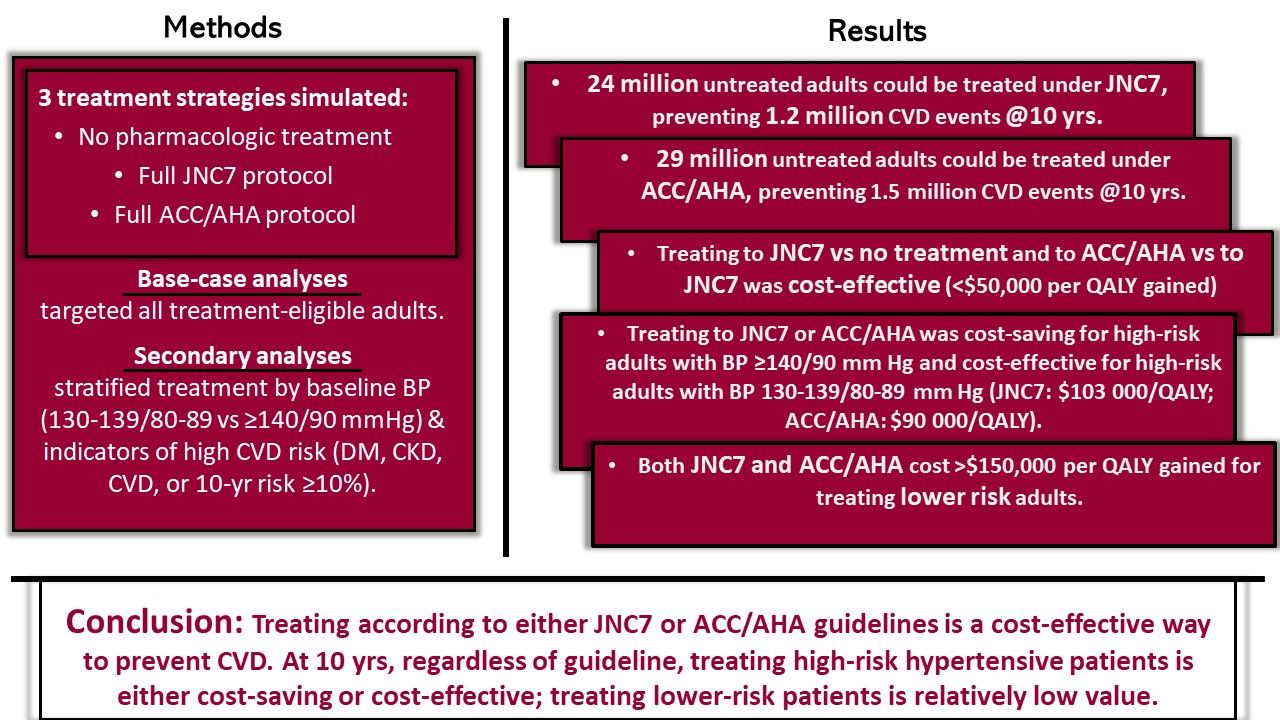Hypertension Treatment is Cost-effective for CVD Prevention, Whether the Target is from ACC/AHA or JNC 7, Study Reveals
Reducing blood pressure to 140/90 mm Hg or 130/80 mm Hg in high-risk patients proved either cost-saving or cost-effective at 10 years in a simulation study.
Reducing blood pressure to normotensive levels as defined by either the 2017 American College of Cardiology/American Heart Association (ACC/AHA) clinical guidelines or those established in 2003 by the JNC7 is cost-effective to prevent cardiovascular disease, according to findings presented at the American Heart Association Hypertension 2022 Scientific Sessions, held September 7-10.
Results of the study, published simultaneously in the journal Hypertension, demonstrate that over a 10-year period, treatment to both BP targets, ie, 130/80 mm Hg (ACC/AHA) or 140/90 mm Hg (JNC7) is either cost-saving or cost-effective in high-risk patients with hypertension.
For the comparison, investigators used The Cardiovascular Disease (CVD) Policy Model which simulates CVD events, deaths, and costs in US adults using inputs from national datasets, cohort studies, and publisehd literature. They compared the cost effectiveness of treating untreated patients with hypertension aged 35 to 84 years to BP goals recommended by the 2 different guidelines and to no treatment at all.
The findings and the authors' conclusions are depicted in the figure below.

Reference: Penko J, Bellows BK, Hennessy S, et al. Comparitive cost-effectiveness of hypertension treatment guidelines in US adults. Hypertension. 2022;79:AP308. doi:10.1161/hyp.79.suppl_1.P308